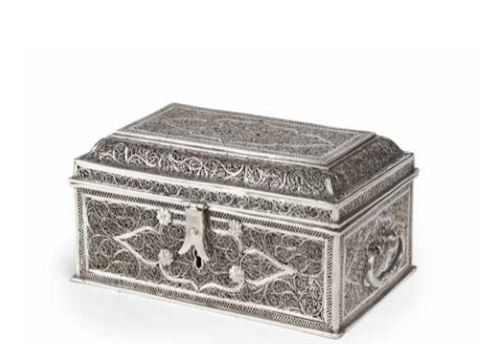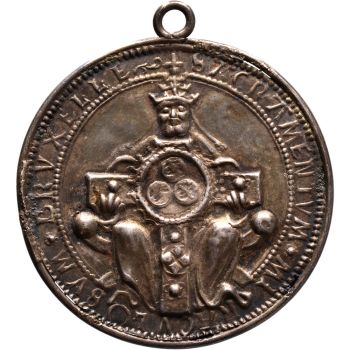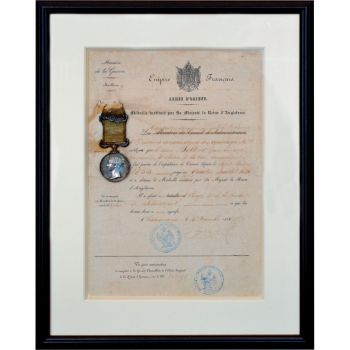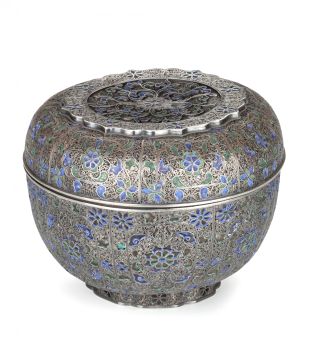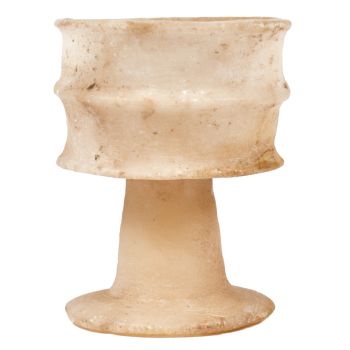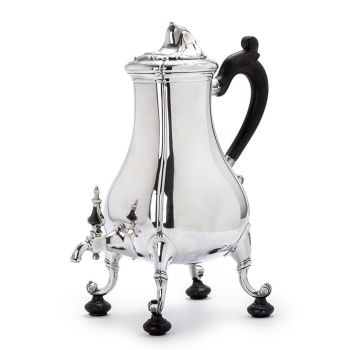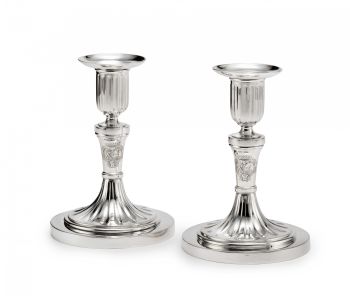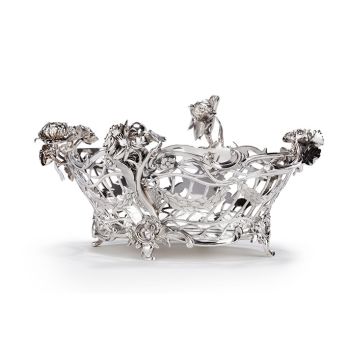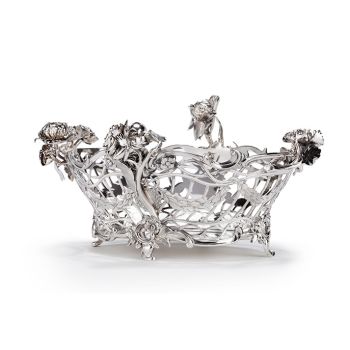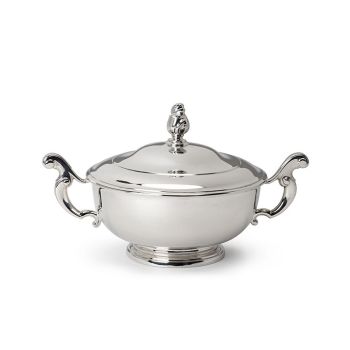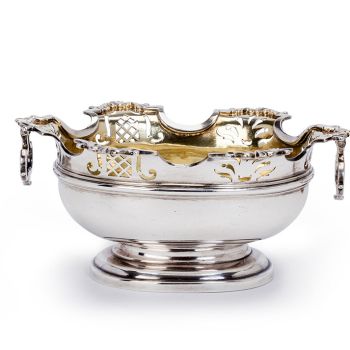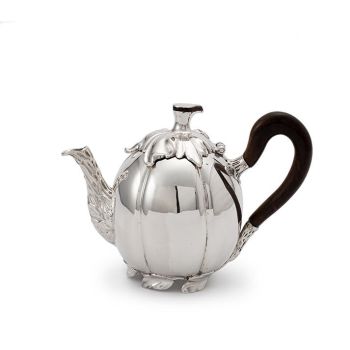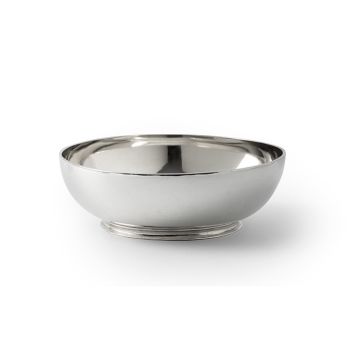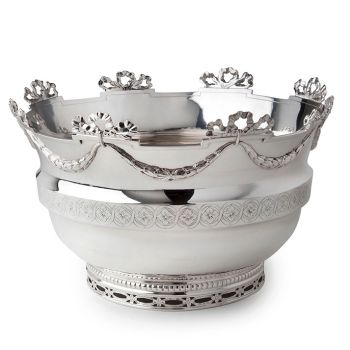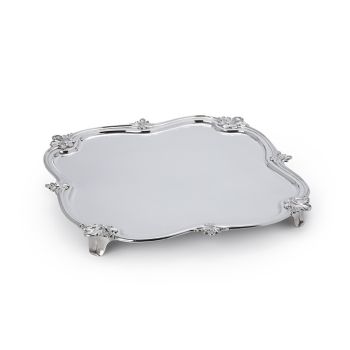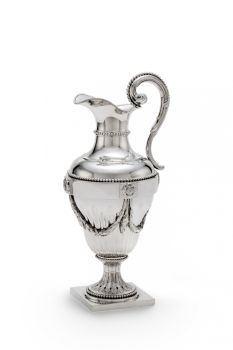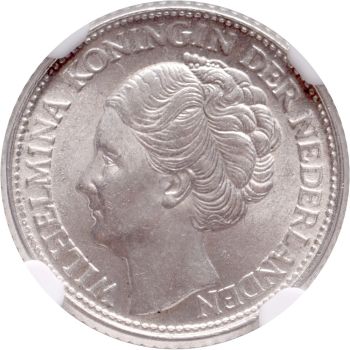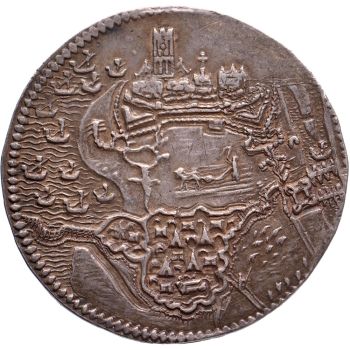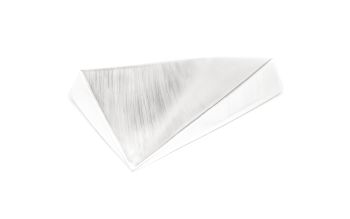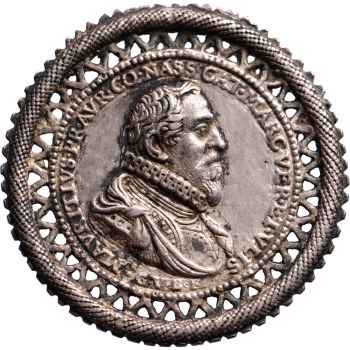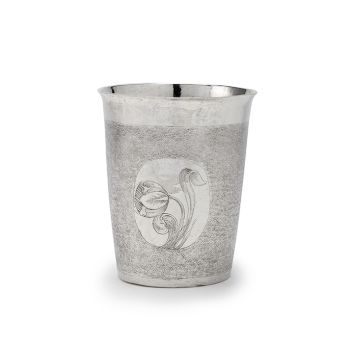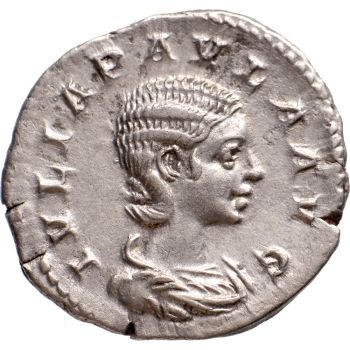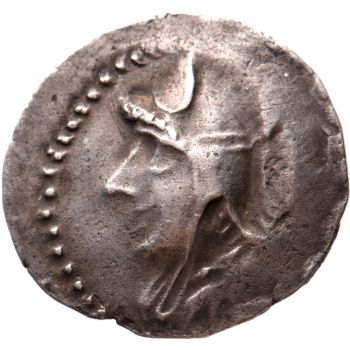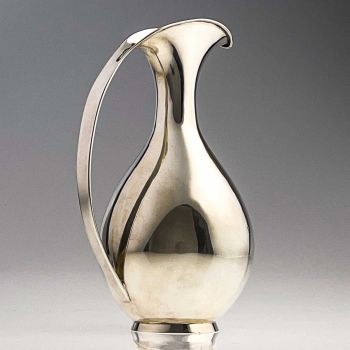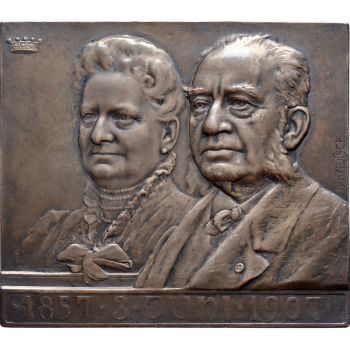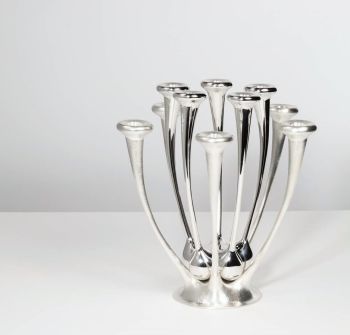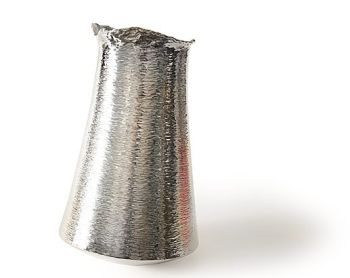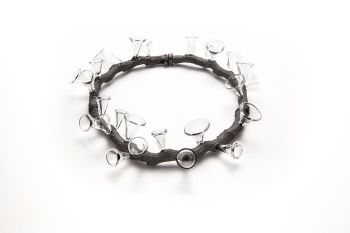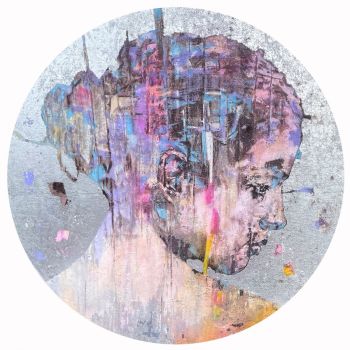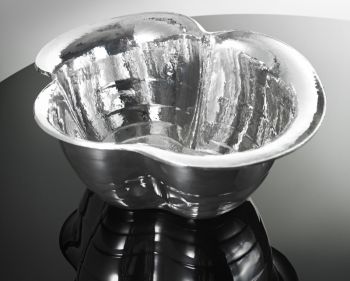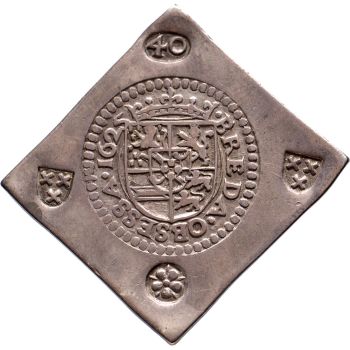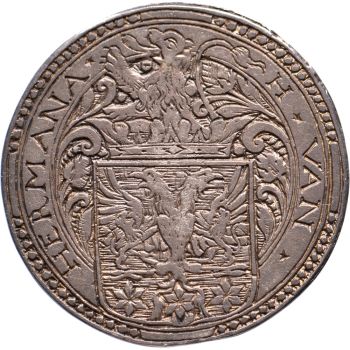Ataúd de filigrana 18th century
Artista Desconocido
Plata
8 ⨯ 15.90 ⨯ 9.40 cm
Actualmente no disponible a través de Gallerease
- Sobre la obra de arteIndia/Goa or Karimnagar, 18th century
Silver filigree Height: 8 cm, width: 15.9 cm, depth: 9.4 cm
Silver filigree from the East became very popular in Europe in the early 17th century.
Initially most of it was imported into Europe through Lisbon coming from Goa but not necessarily made there. Later in the 17th and 18th century most silver filigree from the East arrived in Amsterdam or London coming from the Dutch East Indies/ Kota Gadang, India/Karimnagar and China/Canton and less so from Goa. Particularly the VOC, Dutch East India Company brought back many artefacts made of silver filigree in the East for the royal collectors in the West. Louis XIV of France, Elector Frederick William of Brandenburg, Amalia van Solms in the Netherlands, Christian V of Denmark and the Russian Tsars, Peter and Catherine the Great all started their own collection of silver filigree by buying in Amsterdam. Since the VOC could not and did not obtain these objects in Goa, they had to find them elsewhere. However, since silver filigree usually does not have any maker’s marks it is difficult to tell where it was actually made. - Sobre el artista
Puede suceder que un artista o creador sea desconocido.
Algunas obras no deben determinarse por quién está hecho o por (un grupo de) artesanos. Algunos ejemplos son estatuas de la Antigüedad, muebles, espejos o firmas que no son claras o legibles, pero también algunas obras no están firmadas en absoluto.
También puedes encontrar la siguiente descripción:
•"Atribuido a …." En su opinión, probablemente una obra del artista, al menos en parte.
•“Estudio de….” o “Taller de” En su opinión, una obra ejecutada en el estudio o taller del artista, posiblemente bajo su supervisión
•“Círculo de…” En su opinión, una obra del período del artista que muestra su influencia, estrechamente asociado con el artista pero no necesariamente su alumno.
•"Estilo de …." o “Seguidor de…”. En su opinión, una obra ejecutada al estilo del artista pero no necesariamente por un alumno; puede ser contemporáneo o casi contemporáneo
•"Manera de …." En su opinión una obra al estilo del artista pero de fecha posterior
•"Después …." En su opinión, una copia (de cualquier fecha) de una obra del artista
•“Firmado…”, “Fechado…” o “Inscrito” En su opinión, la obra ha sido firmada/fechada/inscrita por el artista. La adición de un signo de interrogación indica un elemento de duda.
•“Con firma…”, “Con fecha…”, “Con inscripción…” o “Lleva firma/fecha/inscripción” en su opinión la firma/fecha/inscripción ha sido añadida por alguien que no es el artista
Artwork details
Related artworks
- 1 - 4 / 12
Alger Mensma
Urna de café de plata holandesa (jarra de grifo)1752
Precio a consultarJacob J. Roosjen SRI
Elisabeth Treskow
Lapislázuli afgano con incrustaciones de oro sobre un soporte de plata1950 - 1960
Precio a consultarJacob J. Roosjen SRI
Johannes Schiotling
Un par holandés de candelabros de plata1784
Precio a consultarJacob J. Roosjen SRI
Artista Desconocido
Una canasta de dulces de plata holandesa1738
Precio a consultarJacob J. Roosjen SRI
Frederik Rudolf Precht
Rebanada de pescado plateado holandés1756
Precio a consultarJacob J. Roosjen SRI
Salomon Lamberts
Tetera de plata holandesa con forma de calabaza1766
Precio a consultarJacob J. Roosjen SRI
1 - 4 / 24Salomon Lamberts
Tetera de plata holandesa con forma de calabaza1766
Precio a consultarJacob J. Roosjen SRI
Tilmanus Nicolaus Maastricht
Missale Romanum con monturas de plata holandesas1788 - 1792
Precio a consultarJacob J. Roosjen SRI
Artista Desconocido
Vaso de precipitados de plata holandés del siglo XVII1653 - 1677
Precio a consultarJacob J. Roosjen SRI
1 - 4 / 24

